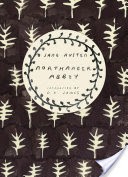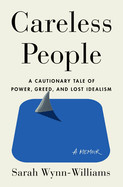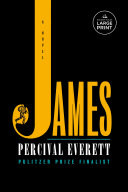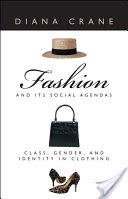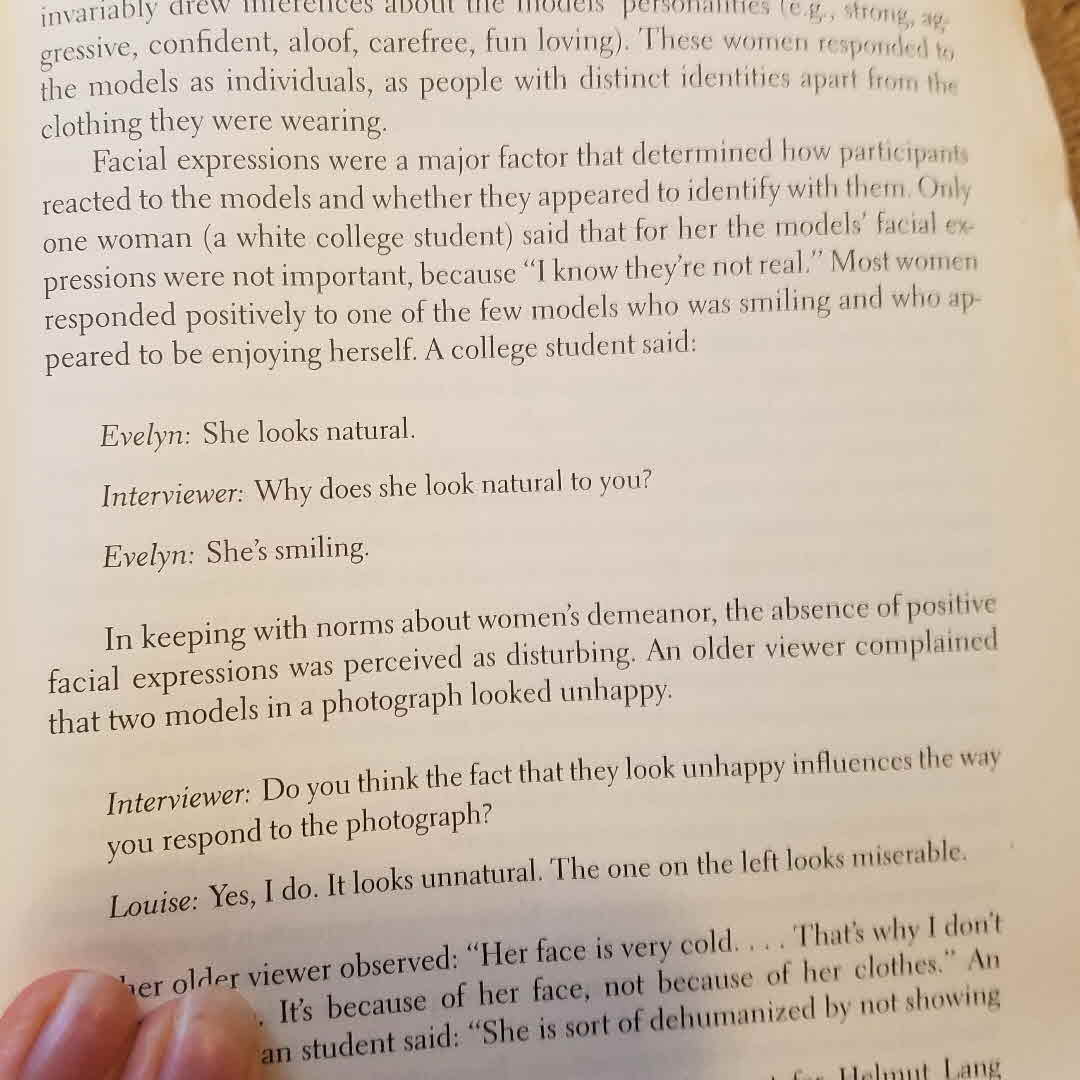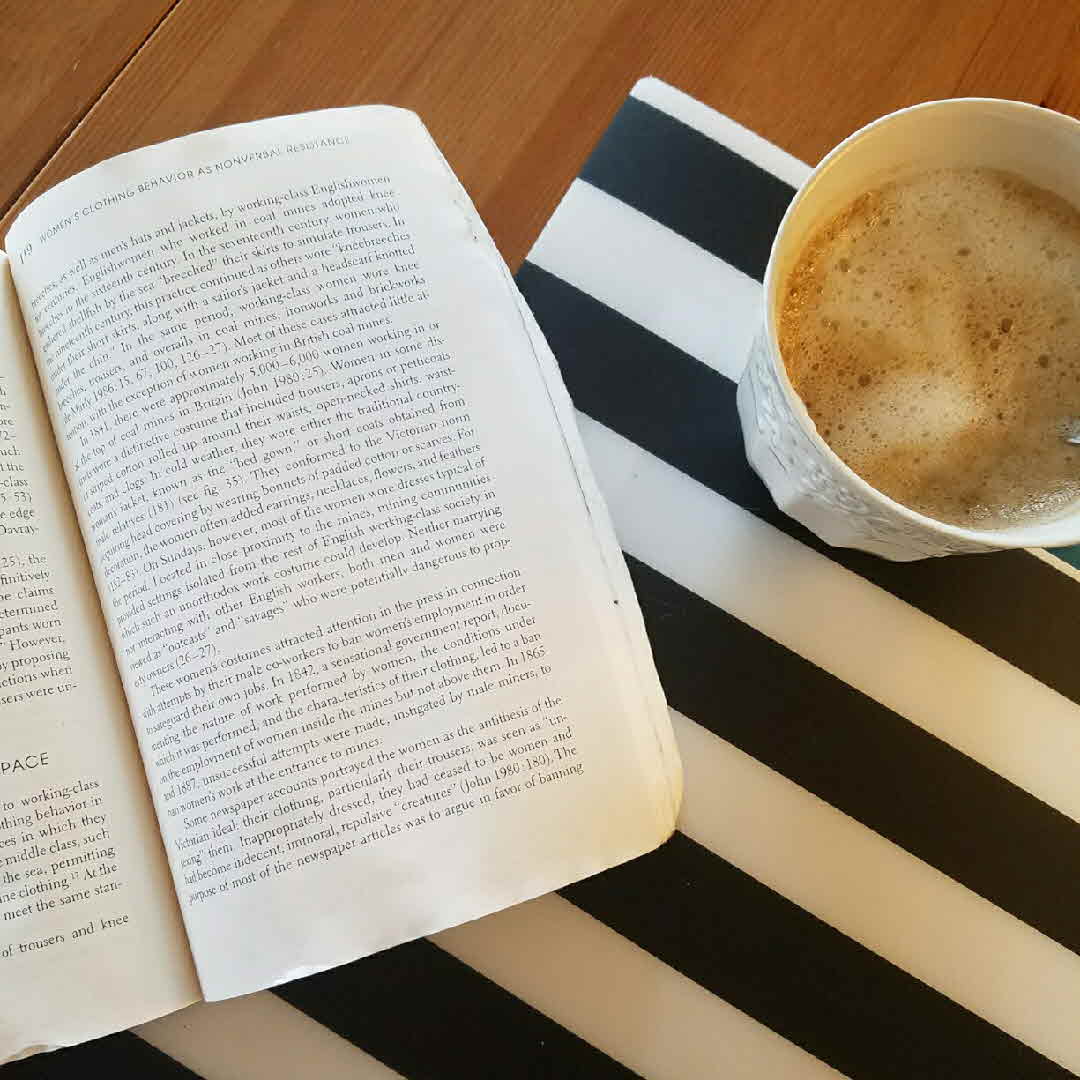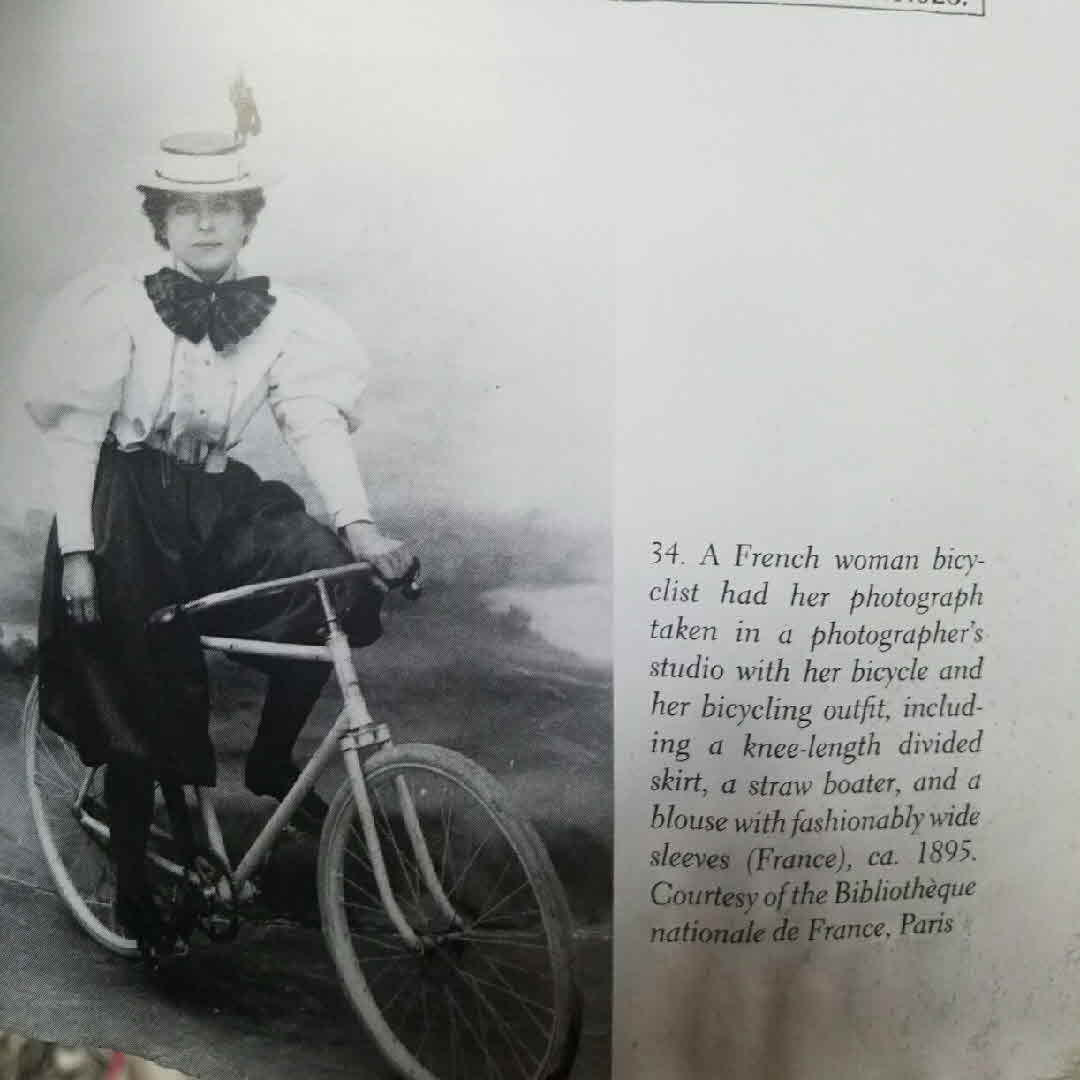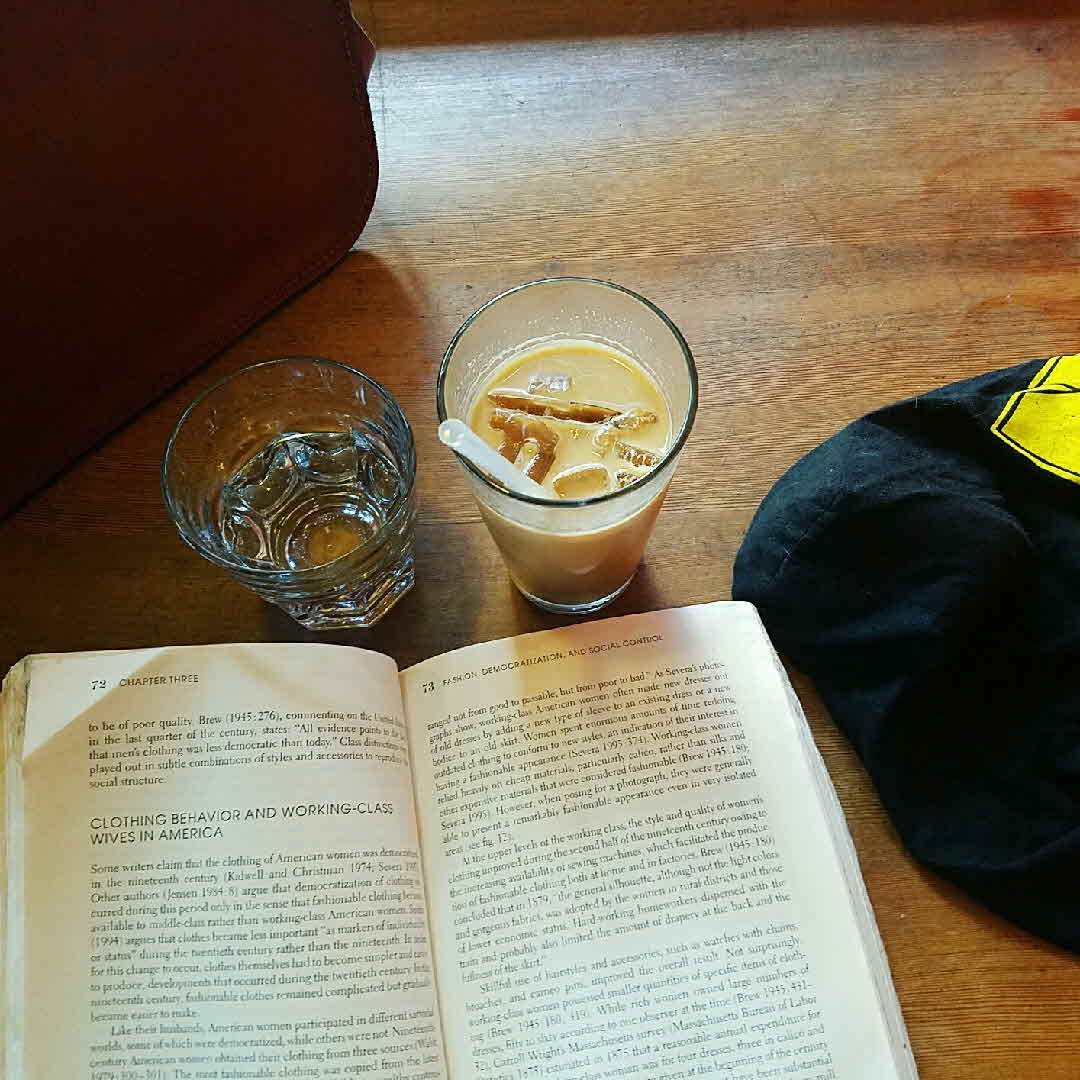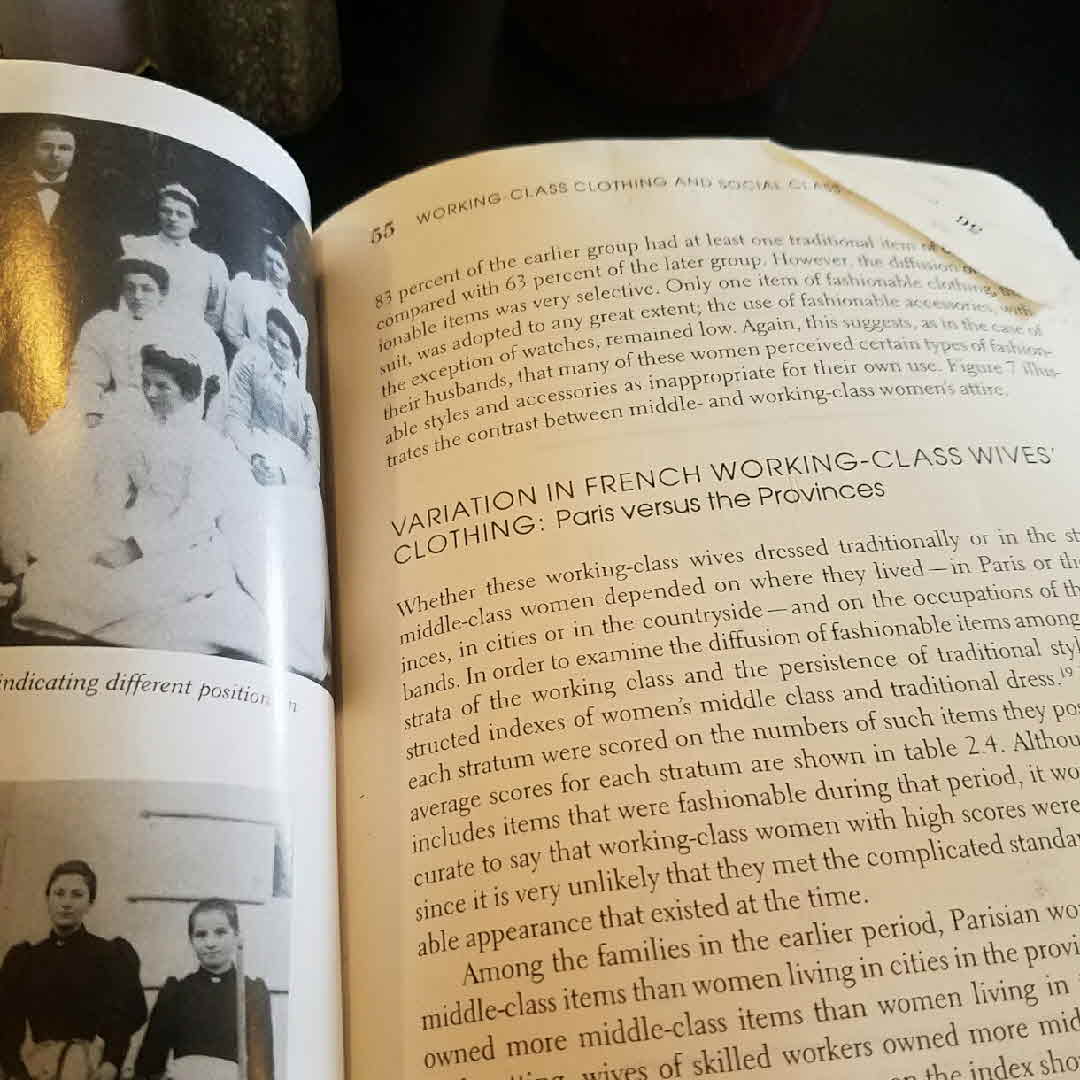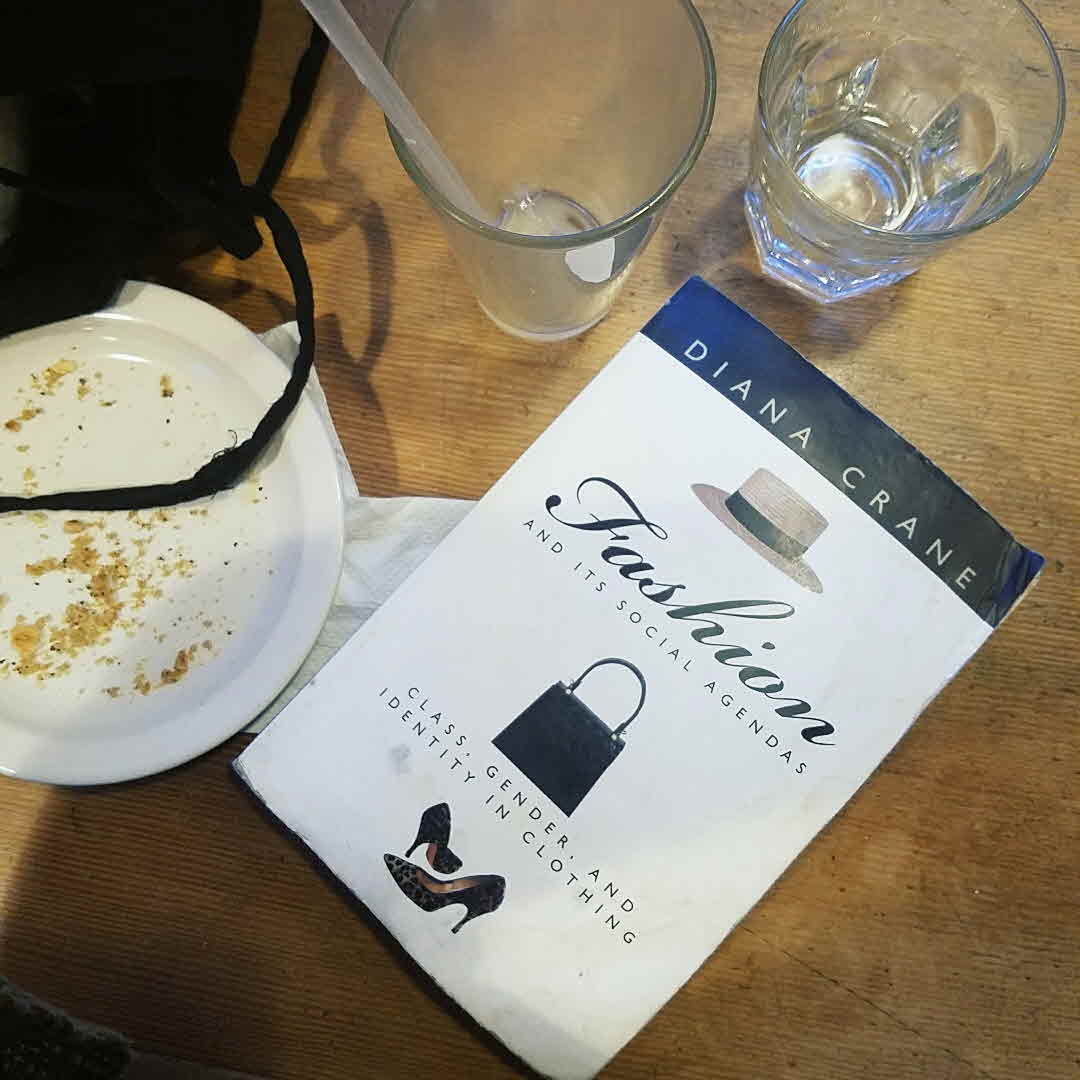
Tbh, I was mainly interested in the book due to the last few chapters, which dealt with contemporary clothing (well, somewhat; the book isnt newly out), but I really loved the ethnography of French 18th and 19th century clothing, which quoted investigations into clothing as it related to profession, income, geographic location, literacy etc. Enormously interesting, and dealing much more with menswear than one might think (hats!) Pretty great.








